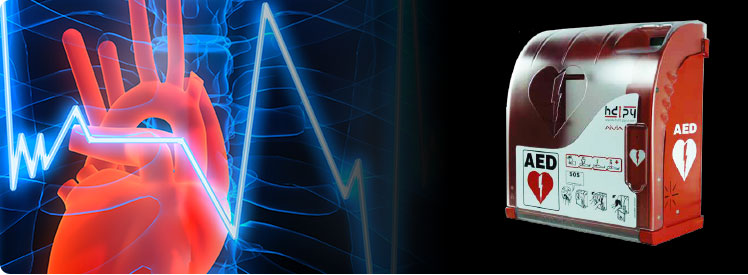
FOR AUTOMATED EXTERNAL DEFIBRILLATOR (AED)
The AIVIA 320 allows automatic GSM (2 way voice) phone calls in case of an emergency as well as the remote monitoring of the hardware via Internet. Having an emergency calling terminal (911 call button with intercom), this model is an intelligent AED protective cabinet which is permanently connected to the AIVIAnet server through an http secure server, ensuring that all the AIVIA units remain fully operational at all times.
SMART AED MONITORING CABINET (AED)
Download
English Documentation
OVERVIEW
STANDARD FEATURES
• Impact-resistant transparent polycarbonate cover and red ABS base.
• Sensor monitoring the presence of the AED and the temperature surrounding the defibrillator.
• Backlit LCD screen displaying the status of the power, network, temperature and presence of the AED.
• Protected access to the AED by security seal stickers.
• Local visual warnings (flashing red lights) indicating incidents.
• GSM : Emergency phone connection via the mobile phone network, using a hands free 2 way voice telephone intercom. Automatic phone call is made in case of emergency when the cabinet is opened or when the call button is pushed.
• Connection to local (LAN) Ethernet network plus the option of wireless communication.
• 3G communication : In addition to the standard Ethernet LAN connection, AIVIA 320 and the AED it contains can also be monitored by 3G communication through the mobile phone network if a LAN connection is not available.
• Integrated light sensor to light up the AED compartment in dark locations with a flashing white light.
• The fan system enables the heat to be extracted from the AED compartment in warmer climates.
• 24V DC SELV (Safety Extra Low Voltage) internal cabinet power for safety.
• RFID badge reader for maintenance purposes.
• Rechargeable back-up battery for essential functions in case of power supply failure.
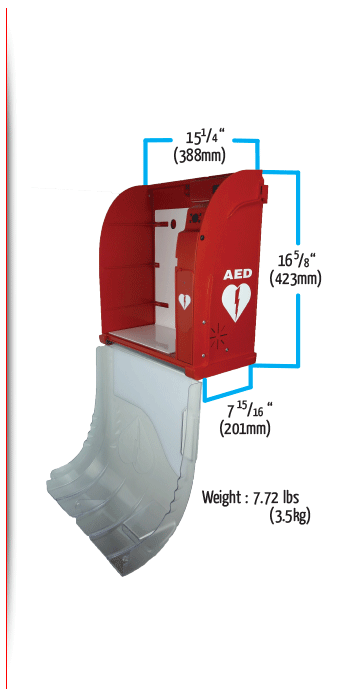
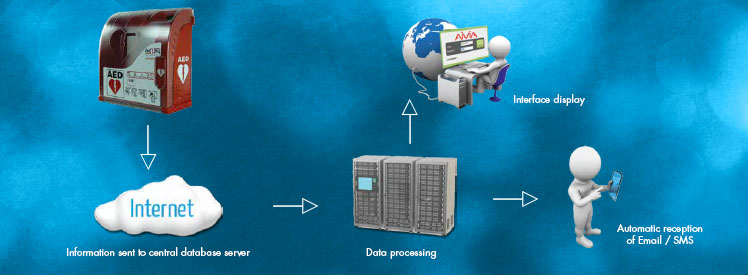
SPECIFIC FEATURES
• Http communication between the AIVIA cabinet and the AIVIAnet server.
• Realtime information concerning incidents or events.
• Emergency Call button.
• Immediate and automatic routing of data via Email / SMS.
• Optional photo surveillance when the cabinet is opened and the AED unit removed.
• The heater allows the AED unit to be maintained at above freezing temperature and protected in extreme condition, down to 4°F (-20°C).
THE AIVIANET SERVER
A MONITORING SOFTWARE APPLICATION
The AIVIAnet server is a software application which ensures straightforward, remote and 24/7 monitoring of the AIVIA cabinet and the presence of the AED stored within. Accessible through secure access from any computer connected to the Internet, the AIVIAnet server offers constant remote monitoring of the presence of the AED and its protective cabinet, providing realtime information concerning incidents or events which may occur. Features and benefits of the AIVIAnet server :
• Multilingual version requiring a username and password to access the server.
• Incidents displayed with the possibility of verifying and logging information and events.
• One or several AIVIA cabinet(s) monitored simultaneously at any given time (presence of the AED, photos taken upon opening the cabinets, control system, alarms…).
• Programmable to send Email / SMS alerts to one or more recipients should an incident occur.
• Recordkeeping of past incidents.
• Color-coded data Interpretation.
• Geolocation (mapping of all cabinets on premises) of any AIVIA cabinet connected to the network to reveal where an emergency incident has occured on the premises.

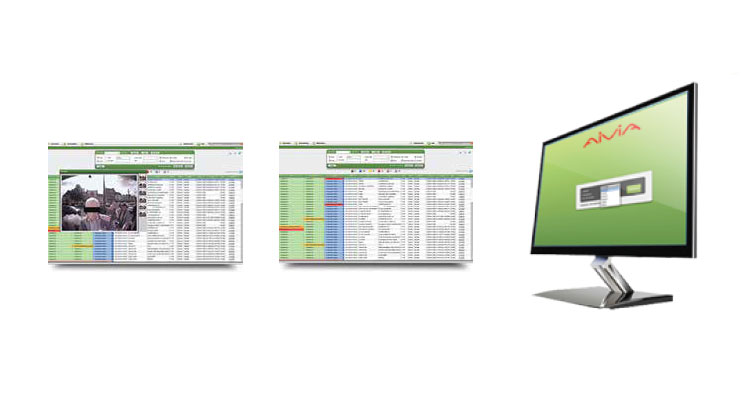
A CONFIGURATION AND MAINTENANCE TOOL
In addition to monitoring AIVIA cabinets, the AIVIAnet application is an easy-to-use online tool for the configuration and maintenance of these cabinets, featuring an online diagnostic capacity.
• Configuration can be modified from the server
• Online diagnostic capability and interpretation throught an error code
• Details and automatic routing of incidents (Emails/SMS wordings, recipients…)
• Recordkeeping of maintenance events for each AED and cabinet
• Instructions concerning necessary preventative actions of the AED (keeping users informed of the expiration of the pads and batteries, serial numbers…)
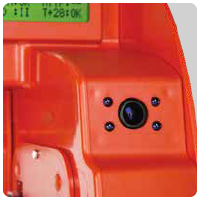
Infra-red lens taking pictures upon the opening of the cabinet and removal of the AED
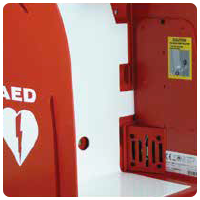
Ventilation fan and convector heating device
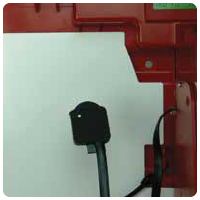
Sensor monitoring the presence of the AED and controlling the temperature
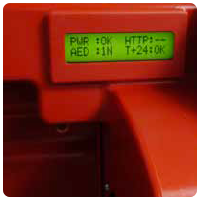
LCD screen displaying general status or incidents
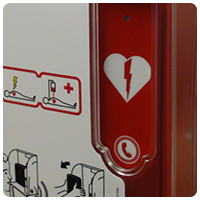
Call button to activate GDM hands free telephone module.
